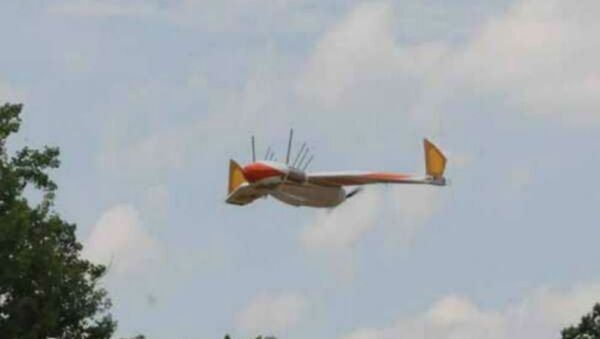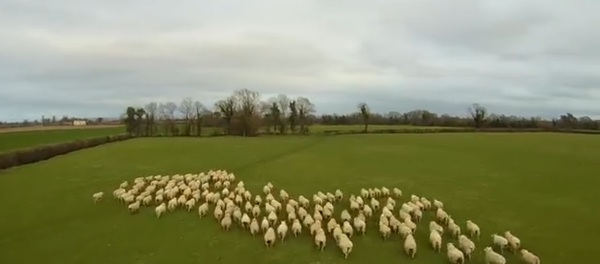The NRL’s main hurdle was to construct a submersible drone that is light enough for the sky, but durable enough for the water.
“For a submarine to fly, the enclosed air volume, which is the main driver of weight for a submarine, needs to be reduced as much as possible. For an aircraft to land on the water, its structural elements need to be more robust to survive the high impact of splashdown.” Dan Edwards, a principal investigator for NRL, wrote in the most recent issue of the lab’s Spectra magazine.
The NRL built a “Test Sub” – basically a submarine with wings – that could go as fast as 57 miles per hour while flying, and 11 miles per hour in the water.
Its latest design, the “Flying WANDA,” was built to mimic the movement of a fish called the bird wrasse – WANDA is an acronym for “Wrasse-inspired Agile Near-shore Deformable-fin Automaton.”
“The ‘Flying WANDA’ configuration has four fins and the addition of a wing, with the two aft fins mounted on the tips of the wing,” Edwards wrote. “This allows keeping the same control techniques developed for the four-finned UUV (unmanned underwater vehicle) design, but provides a lifting surface for carrying the weight of all the flapping mechanisms.”
The team has begun to adjust WANDA’s design for flight and will spend the rest of the year fine-tuning and tweaking the design.



